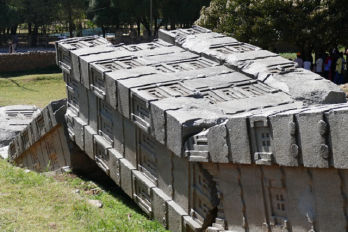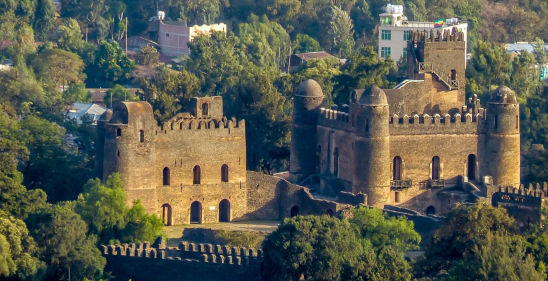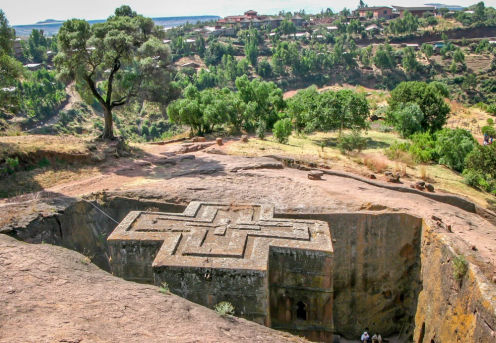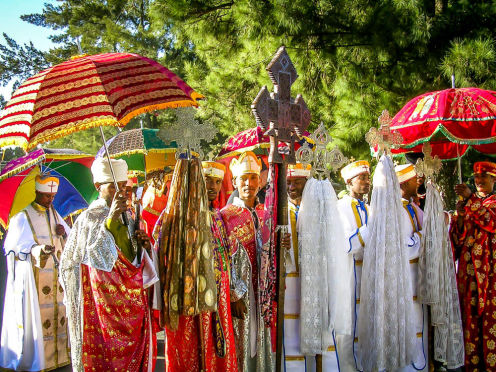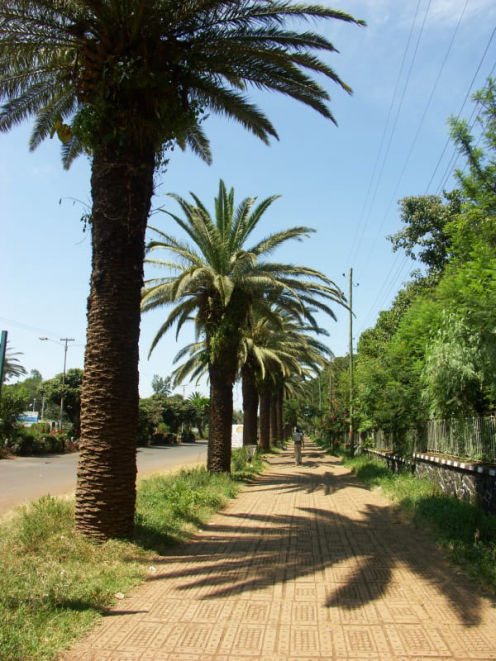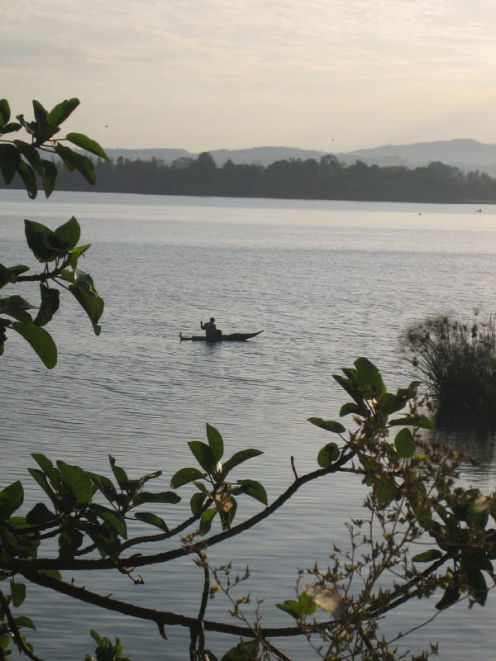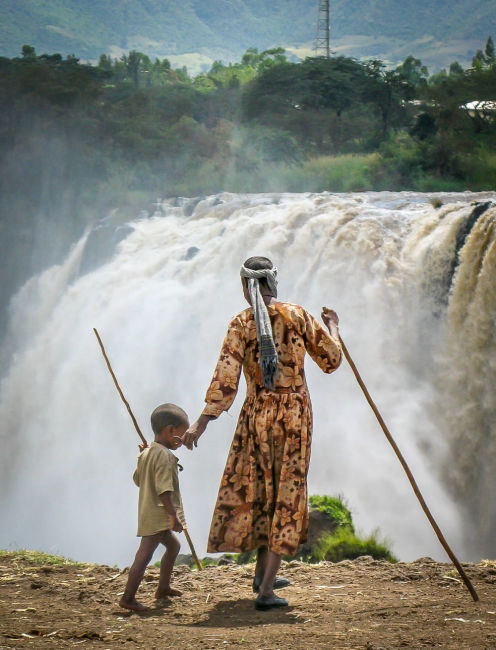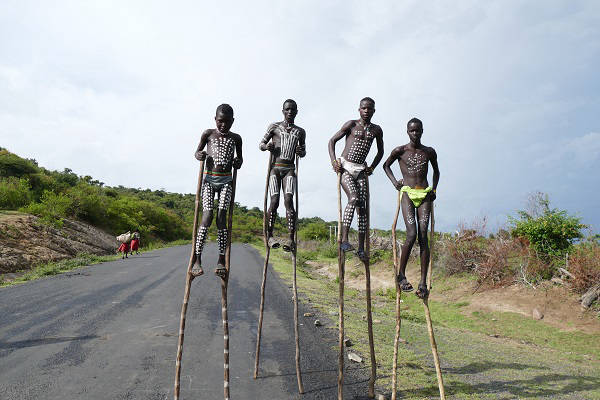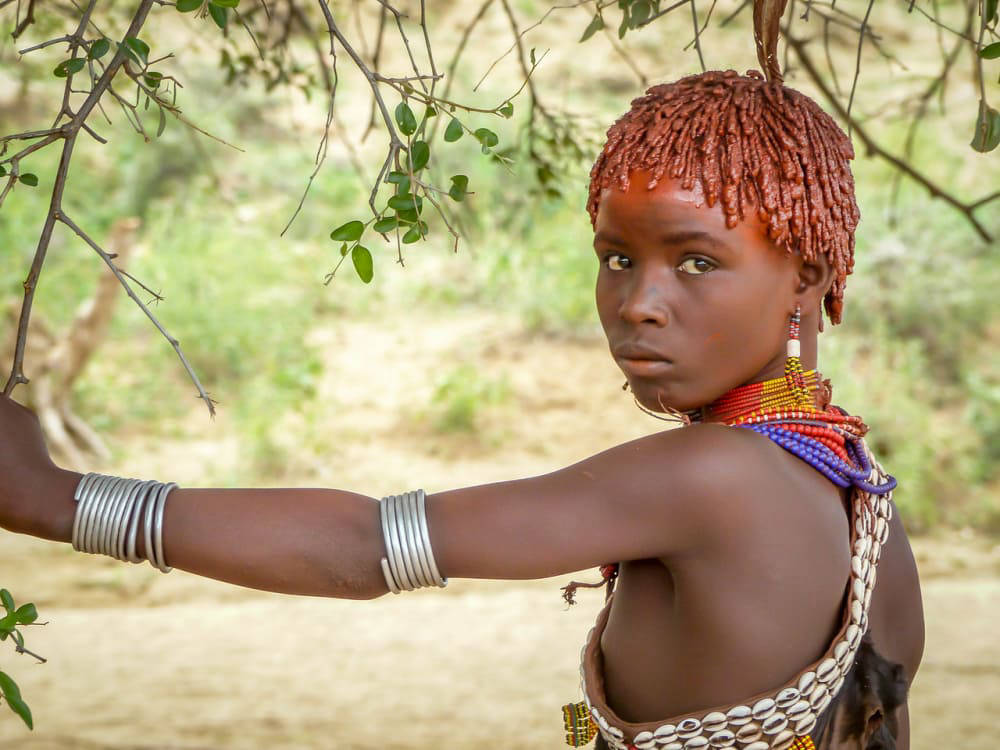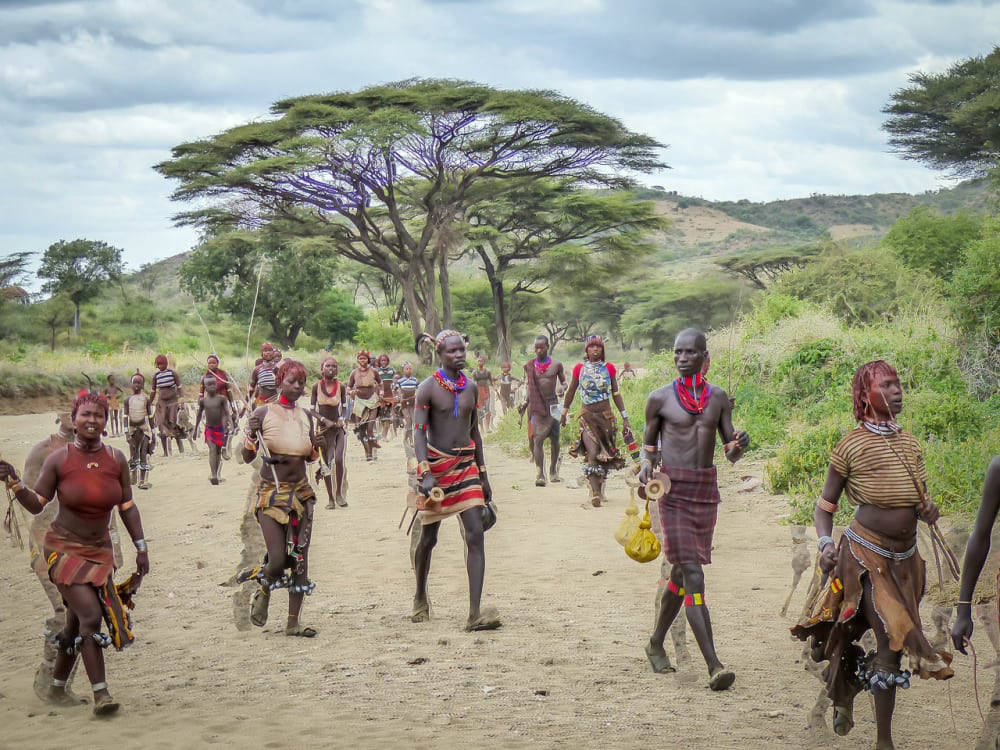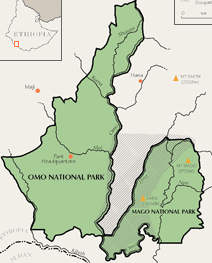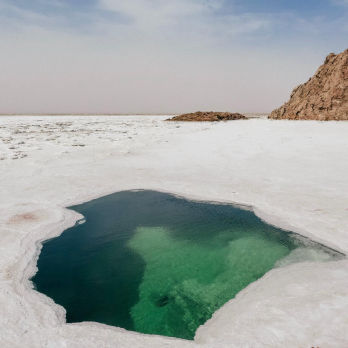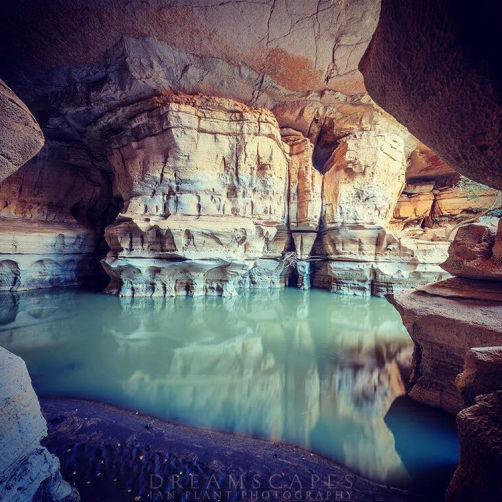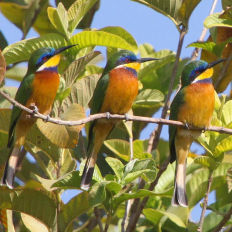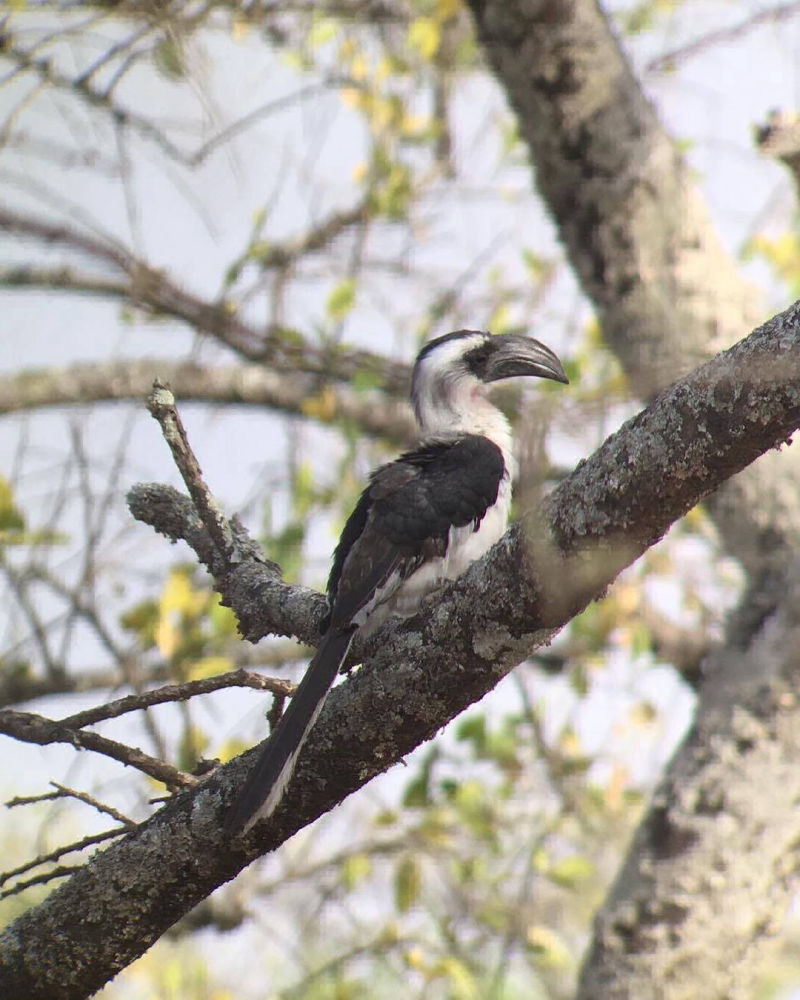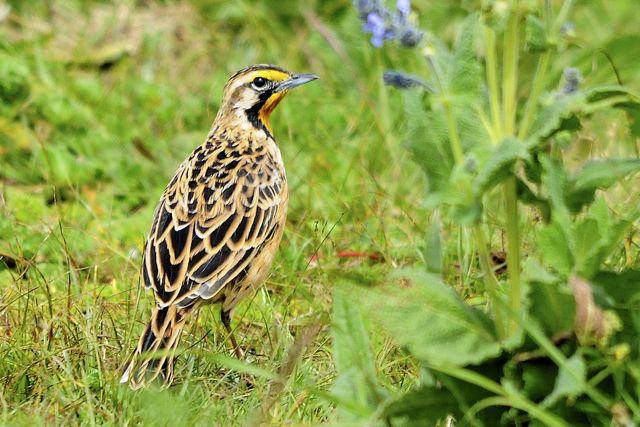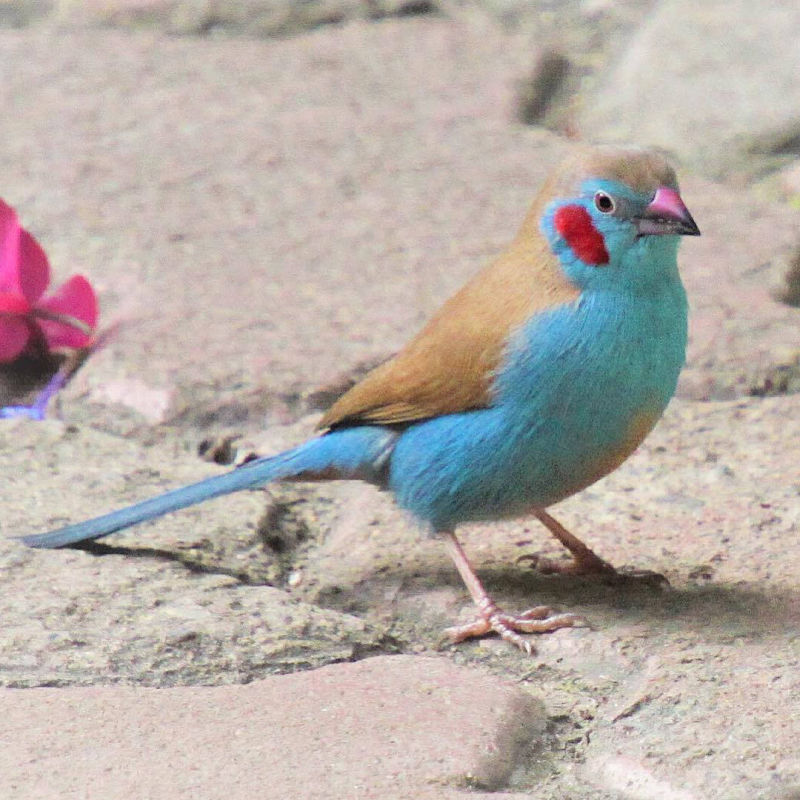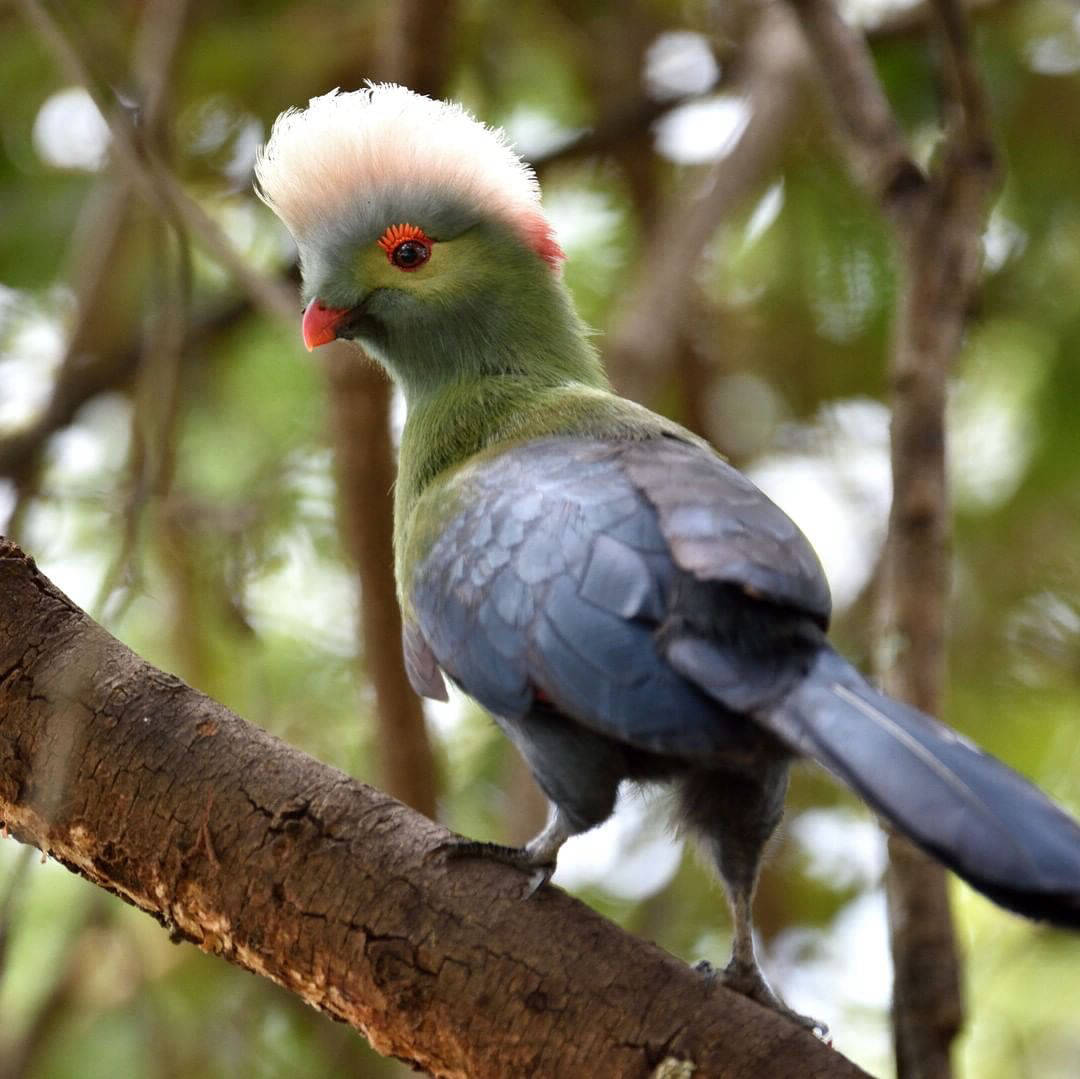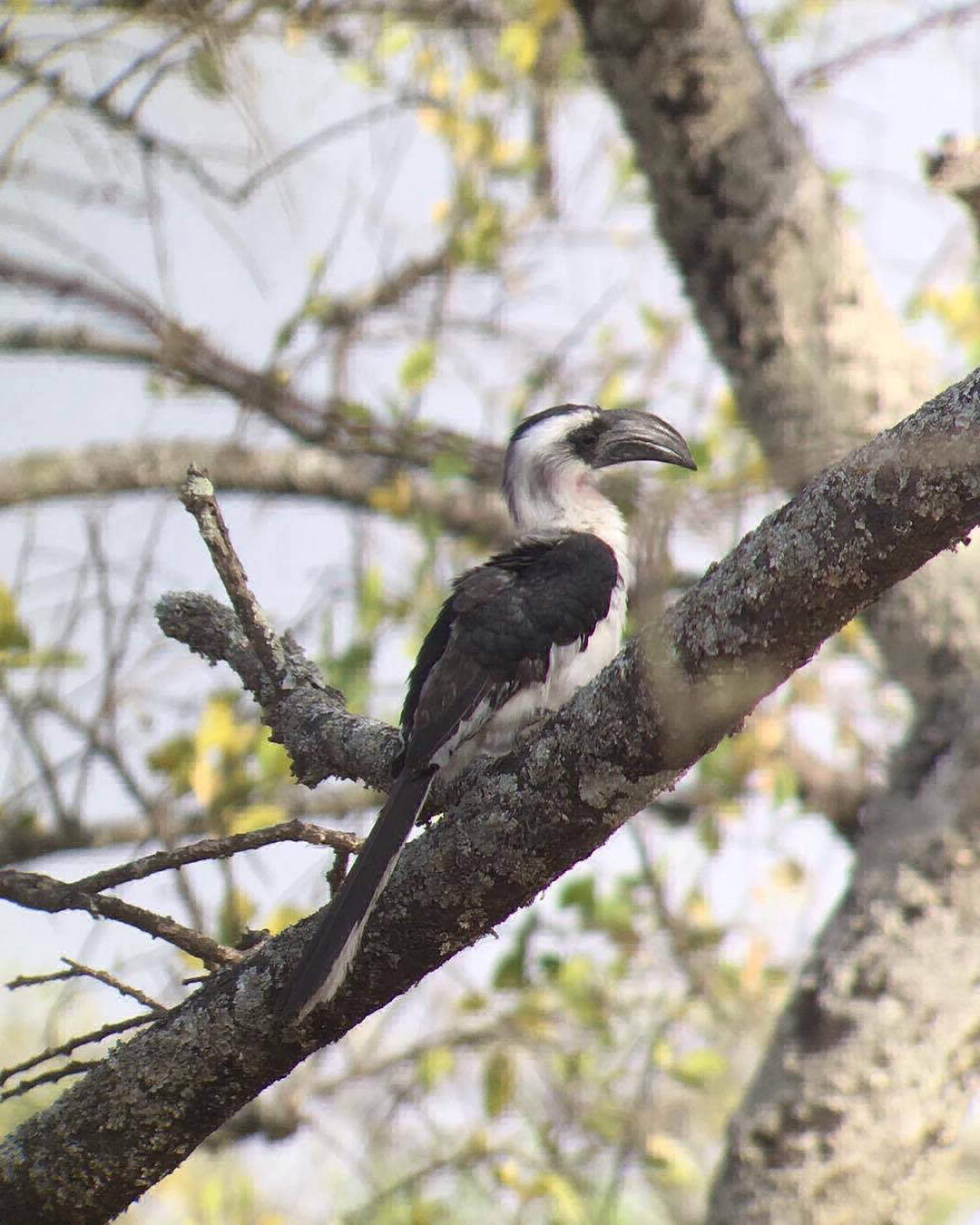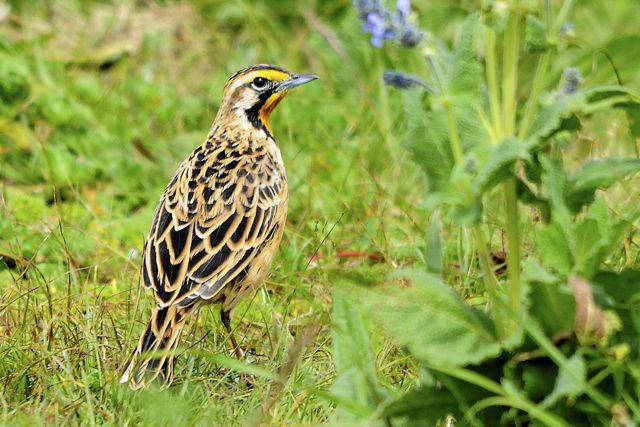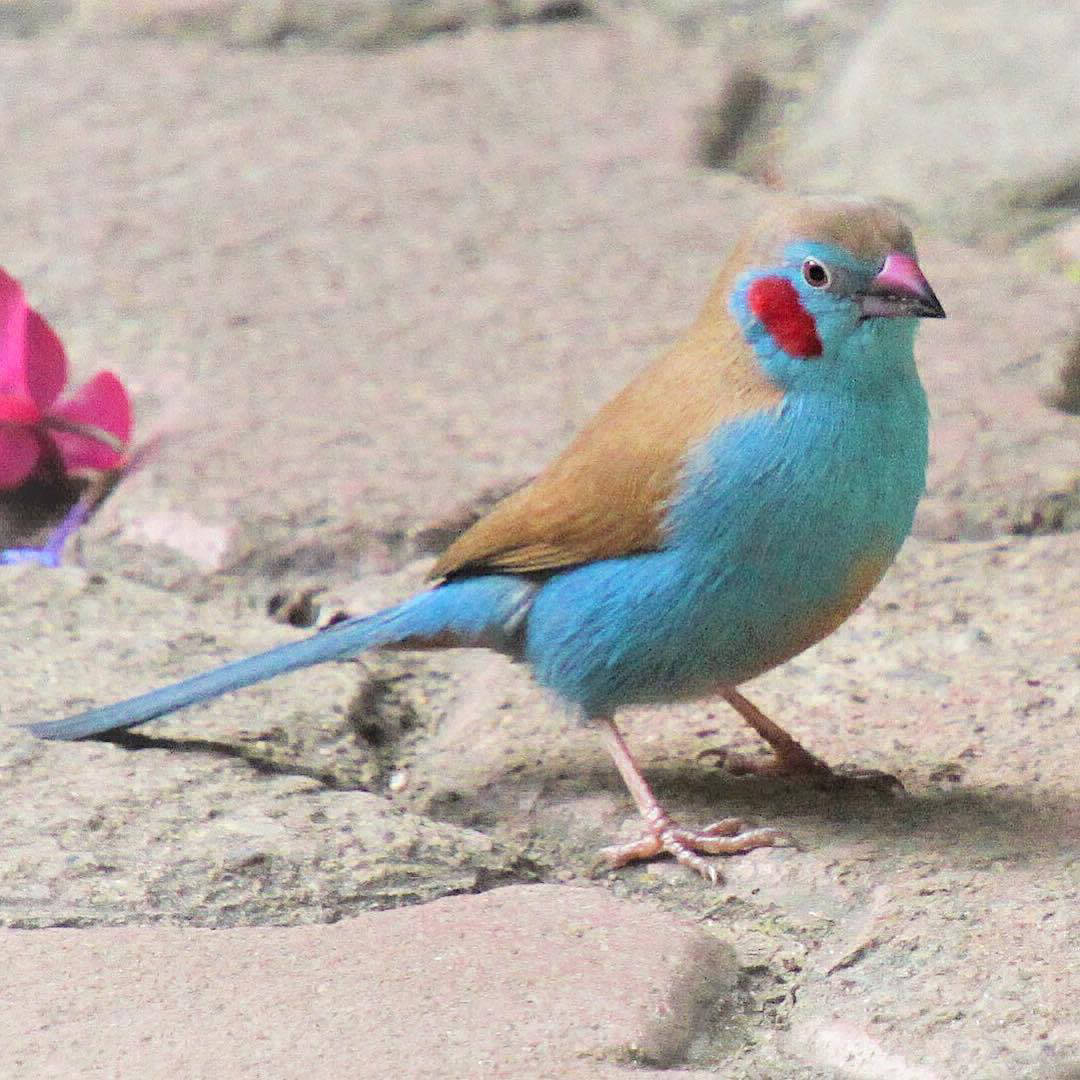OMO AND MAGO
Omo and Mago National Parks lie on opposite sides of the Omo River in the far south-west near the Kenyan and Sudanese borders. Both parks can offer incredible spectacles of big game. The Omo and Mago parks have wide wilderness areas and abound in wildlife: large herds of eland and buffalo, elephant, giraffe, cheetah, lion, leopard and Burchell's zebra, Lesser kudu, lelwel hartebeest, topi, and oryx reside in this place with the 306 bird species recorded.
After the discovery of the earliest known fossil fragments of Homo sapiens dated circa 195,000 years old, the lower reaches of the Omo river were declared a UNESCO World Heritage Site in 1980.
OMO NATIONAL PARK
One of Ethiopia's largest and richest nature sanctuary and one of the least visited areas in East and Central Africa.
Located on the west bank of the Omo River, the park covers app. 4,068 square kilometers. This park is not easily reachable although an airstrip was recently built near the park headquarters on the Mui River. The people of the Omo valley have a different cultural background from other Ethiopians,Omotic speakers are divided into more than ten different tribes or ethnic groups, all of which adhere to traditional animist religions. The largest and least isolated of the groups is the Konso.
MAGO NATIONAL PARK
Located about 782 kilometers south of Addis ababa, The Mago National Park is found adjacent to the Omo River and covers an area of 2162 square kilometers. The broad grasslands abound with herds of buffalo, giraffe, elephant and kudu, while sometimes it is also possible to find lion, leopard and Burchell’s zebra. The park rises in the north to Mount Mago (2528 m) and is home to 56 species of mammals.
